This is the new face of animation, and here's how it's done
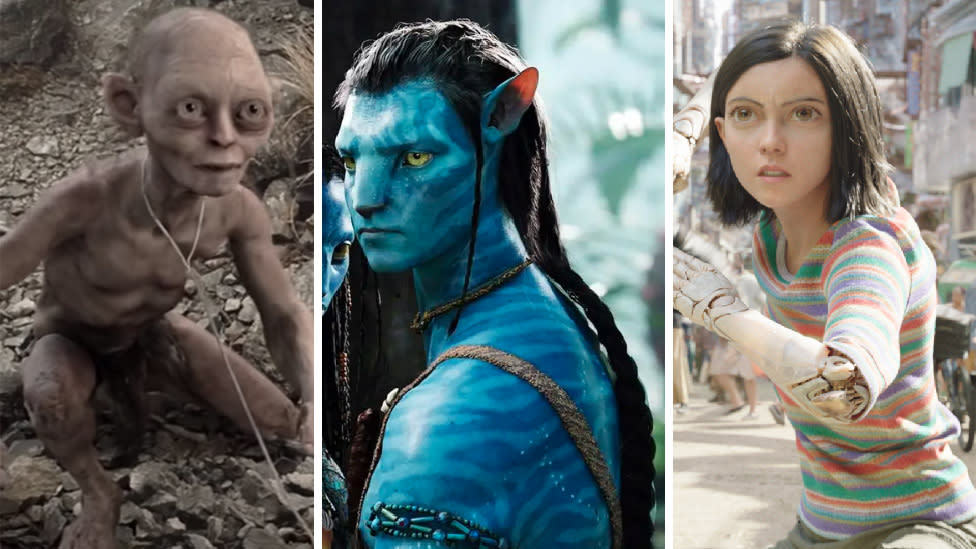
Anyone over the age of eighteen has witnessed a revolution of technology and performance play out across their movie screens.
While we might giggle at the animation in Ghostbusters now, it was a revolutionary illusion at the time. I still remember going to see The Lord of the Rings with my dad and brothers, and watching slack-jawed as Gollum crept onto screen for the first time.
A few years later I was blown away by iRobot and it’s incredible rendering of a robot that to my young mind was the epitome of the future.
As the years went by, the animation became more refined, harder to pick.
The X-men trilogy, The Chronicles of Narnia, Rise of the Planet of the Apes, Avatar, The Hunger Games, The BFG and even the final season of Game of Thrones, each more realistic than the next.
Bar Ghostbusters, which was before its time, each of the example above were animated by a New Zealand animation company that goes by Weta Digital, and is arguably the key player in the animation game.
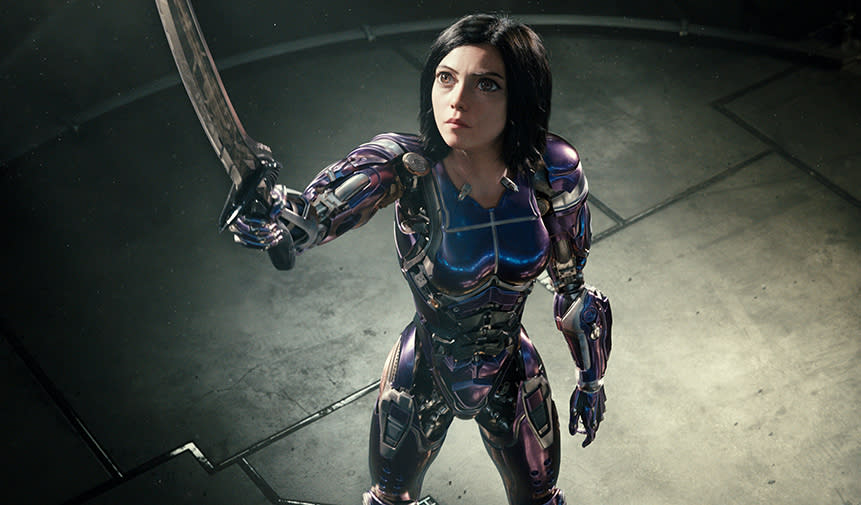
I was lucky enough to visit the studios, tucked away in the outskirts of Hamilton, for a glimpse behind the scenes of what they’re calling their most refined animation to date, 20th Century Fox’s Alita: Battle Angel.
Ahead of the film’s Blu-ray release which will feature the kind of true deep dive into the bits and pieces of animation that a semi-tech literate like myself could never achieve, I was the guest of 20th Century Fox who gave me a peak into how Weta does what it does, and how much work goes into the breathtaking animation we all take for granted today (spoiler: a lot of work).
The main thing I learned? It’s what you don’t notice that makes all the difference.
A powerhouse from the word go
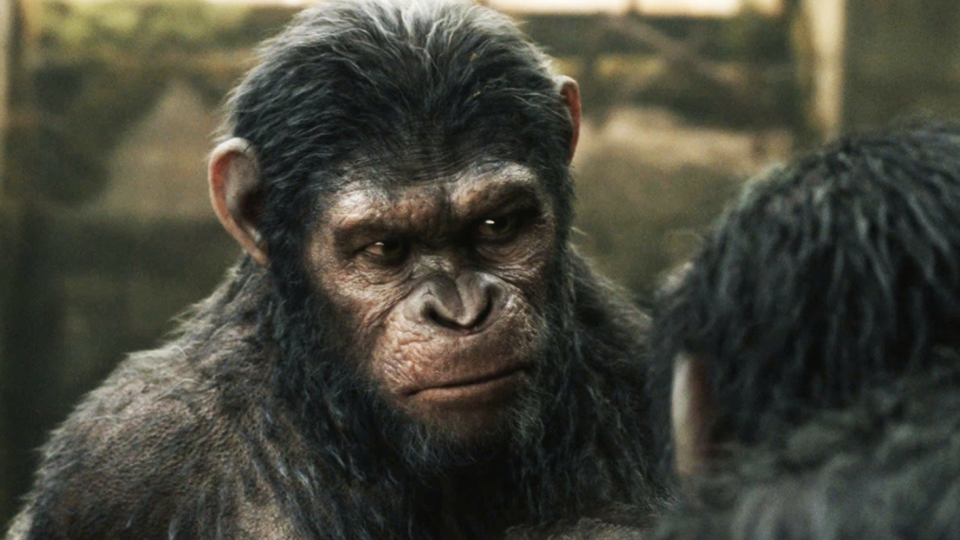
Weta and I were born in the same year, 1994.
Me, because that’s what happens to humans, and Weta because of a little movie called Heavenly Bodies that shot both its director Peter Jackson, and the studio he helped found, to worldwide fame.
Since then, as mentioned, it’s done the animation, or prop design through a seperate arm - Weta Workshop - on more blockbuster films than you could mention in one breath.
It’s latest however, is something else entirely.
Alita: Battle Angel
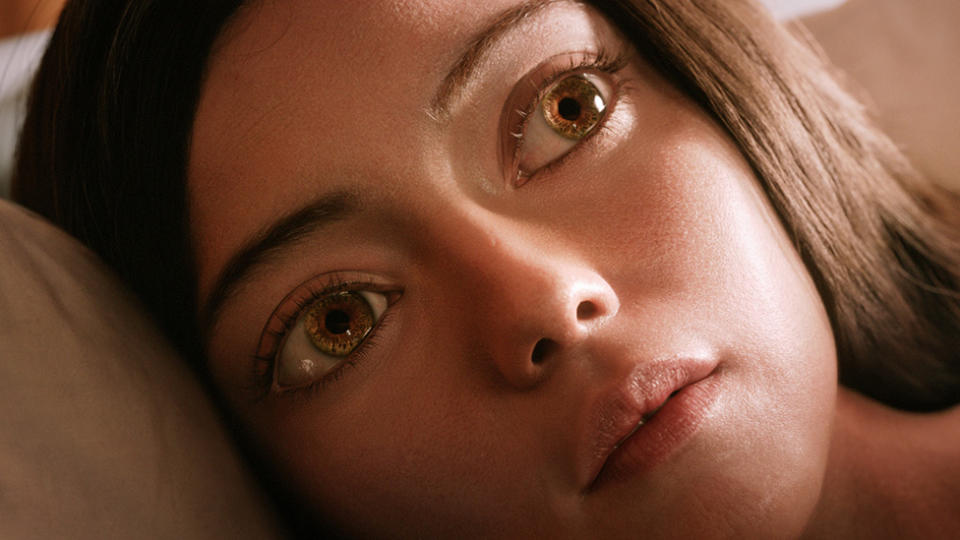
For those blown away by the eerily human-like Avatars, the reimagining of an early 90s manga phenomenon, Battle Angel Alita takes a double glance to even confirm that it uses animation.
Alita Battle Angel’s central character is half girl, half robot with a face so human, and so not at the same time, that I found myself puzzled the first time I saw it.
Animation Head of Department Mike Cozens sat down with Yahoo Lifestyle to break down the intricacies of what is going on behind the scenes, into everyday language.
He says what you see in this film marked a ‘huge evolution’ for the studio that has won six Oscars for Best Special Effects since it’s first back in 2002 with the first instalment of the Lord of the Rings trilogy.
All in the face
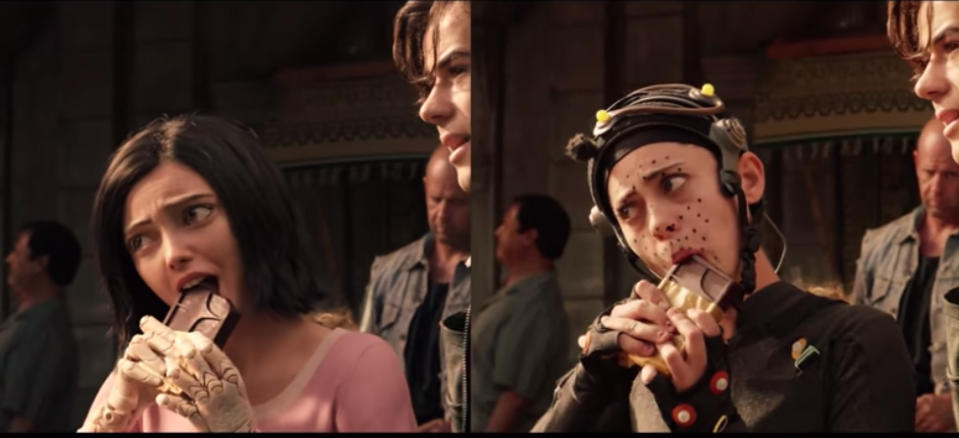
Using a mix of the motion capture we’ve all come to recognise and an animated face puppet, Mike and the team managed to create the tiny micro-muscular movements that make a human face move naturally, on a digital platform.
“The (way we used) face puppet was a big evolution at Weta for this film,” he said.
“We have a digital photo-real humanoid performing with live action characters seamlessly for an entire film.”
It was quite the undertaking, countless hours went into perfecting minute detail that a viewer sees pass in the blink of an eye, and hopefully doesn’t pick up on.
“The work that goes into those shots is often weeks of work from start to final,” he explained, adding that it marked a new future for weta and promises some exciting things for upcoming films.
“We’re building on the backs of those films,” he says, referring to the studio’s most iconic movies.
“We take what we’ve done on previous films and we build on that and keep moving forward, we’re already moving past where we have been on this film.”
What does that mean for the average viewer?
It’s just getting better, and as someone spent a solid five minutes trying to figure out if I was looking at a slightly digitally altered face or a full-blown digital creation in this film, I have little to no hope of distinguishing the real and animated in the future.
Bring home the Battle on 4K Ultra HD, Blu-ray, DVD & Digital.
Got a story tip or just want to get in touch? Email us atlifestyle.tips@verizonmedia.com
Want more lifestyle and celebrity news? Follow Yahoo Lifestyle on Facebook,Twitter and Instagram.
Or sign up to our daily newsletter here.

 Yahoo Lifestyle
Yahoo Lifestyle 


